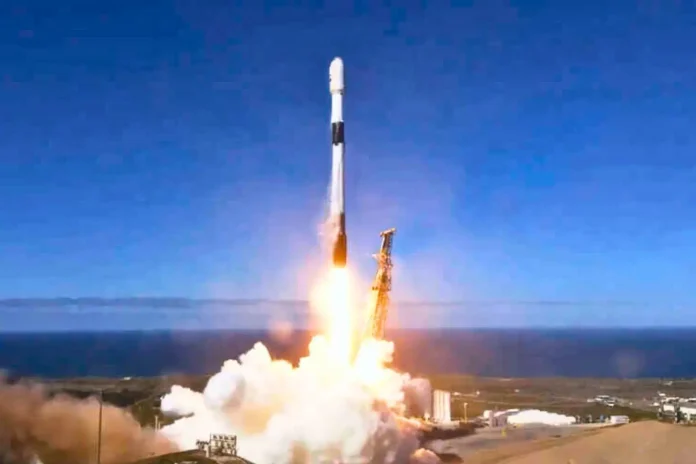South Korea launched its first military South Korea spy satellite on December 2, 2023, marking an important step in its space program and its ability to monitor its neighboring North Korea. The satellite was launched from Vandenberg Space Force Base in California on a SpaceX Falcon 9 rocket.
Competition Between North and South Korea Spy Satellite
This launch comes just over a week after North Korea claimed to have successfully launched its own spy satellite, increasing the space race between the two nations. South Korea plans to launch four more spy satellites by the end of 2025.
According to the reports, the first South Korean spy satellite is equipped with high-resolution cameras capable of detecting objects as small as 30 centimeters wide which will allow Seoul to gather valuable intelligence on North Korea’s military activities.
Capabilities of South Korea Spy Satellite
South Korea spy satellite has certain capabilities that create a heavy response to North Korea’s satellite. Some of these are;
Electro-optical and Infra-red Imaging:
The satellite is equipped with high-resolution cameras that can capture images in both visible and infrared light which allows it to see through cloud cover and at night, making it easy to monitor activities around the area even in poor weather conditions.
Object Detection:
The South Korean spy satellite can detect objects as small as 30 centimetres wide, because of its powerful optics and image processing capabilities. This enables it to track even small vehicles and equipment, providing valuable intelligence.
Multispectral Imaging:
The satellite is also capable of capturing images in multiple wavelengths of light, allowing it to analyze and observe the layout of the materials on the ground. This information can be used to identify weapons facilities, factories, and other important installations for military security .
Orbit, Resolution, and Lifespan of South Korea Spy Satellite
The satellite orbits at an altitude of between 400 and 600 kilometers above Earth. Its cameras have a resolution of 0.3 meters, which means it can differentiate objects that are 30 centimeters apart. Moreover, it is expected to have a lifespan of five years.
Why Was South Korea Spy Satellite Important?
The launch of South Korea’s first military spy satellite was important for several reasons:
Increased Independence:
Before this launch, South Korea relied completely on the United States for satellite imagery of North Korea. This new satellite reduces South Korea’s dependence on the US for intelligence gathering, giving it greater control over its own security.
Enhanced Security:
The satellite provides South Korea with real-time intelligence on North Korea’s military activities, including its missile launches, troop movements, and the location of its weapons facilities. This information is critical to warn North Korea’s aggression and ensure the safety of South Korea’s citizens.
Improved Early Warning:
The satellite can detect and track North Korean missile launches in their early stages, providing valuable time for South Korea to activate its missile defence systems and clear civilians from potential target areas.
Space Race with North Korea:
The launch of South Korea’s spy satellite comes in response to North Korea’s own efforts to develop its space program. This is part of a larger “space race” between the two nations, each struggling to gain an advantage in terms of intelligence gathering and military capabilities.
Future Potential:
The development and launch of South Korea spy satellite represent an important technological achievement for South Korea, displaying its growing expertise in the aerospace industry and beginning of South Korea’s military space program. With plans to launch four more spy satellites by 2025, South Korea is on plan to become a major space power in its region.
Major Partnerships
South Korea contracted SpaceX to launch the satellite using their Falcon 9 rocket. SpaceX provided the launch vehicle, launch services, and mission control for the satellite’s deployment.
Another major partner included, KAI, which was the prime contractor for the satellite’s development and is responsible for its overall design, integration, and testing. The Ministry of National Defense (MND) oversaw the entire project, from providing funding to setting the required equipment.
The launch of South Korea spy satellite signifies a groundbreaking achievement in its space program, glorifying its capabilities for independent intelligence gathering and reducing dependence on external sources. The satellite’s advanced features, including high-resolution imaging and object detection, provide South Korea with enhanced early warning capabilities, strengthening national security. As South Korea sets its goal on launching 4 more spy satellites by 2025, the nation positions itself as a rising force in the aerospace industry.



